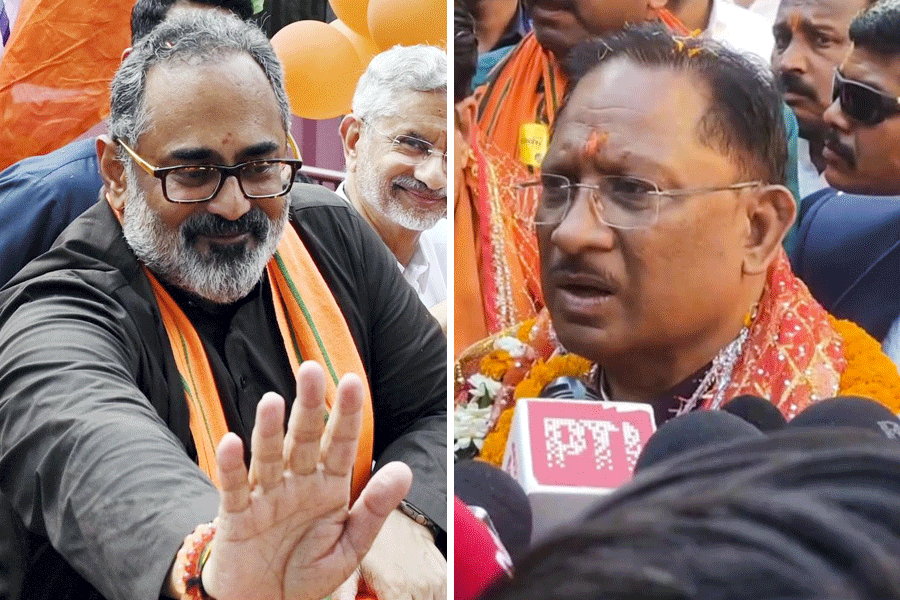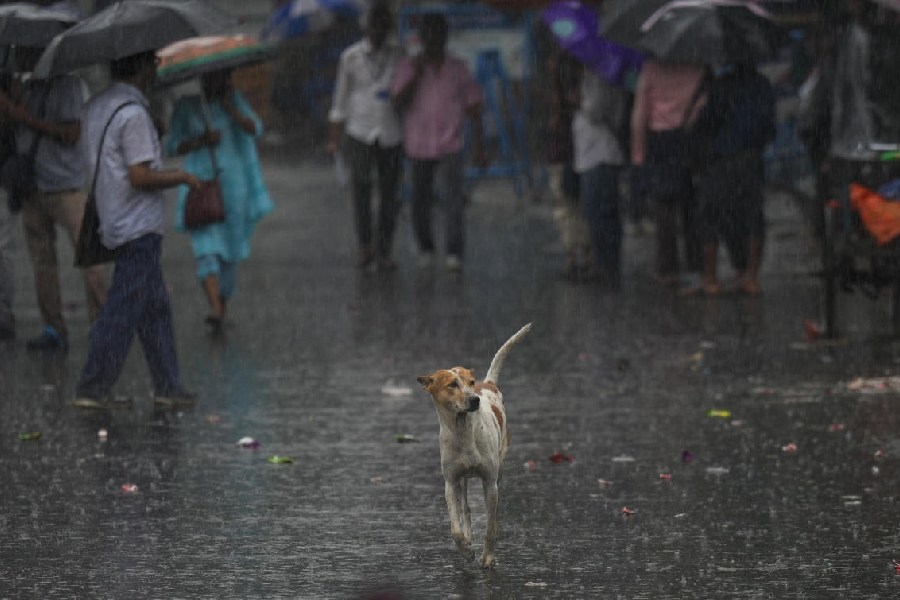|
|
| Hard work wins |
Thug: The True Story of India?s Murderous Cult
By Mike Dash,
Granta, Rs 895
Surprising, but true. There was a time when Indian roads were as unsafe, if not more, than they are now. This was when bands of Thugs operated mainly in the Chambal valley (Phoolan Devi, it appears, had illustrious predecessors). Mike Dash?s work on the cult of wayfaring killers is a revelation on how most of today?s organized crime and crime-busting methods were anticipated in the raj.
Thugs or phanseegurs were stranglers who would fall in with groups of travellers, ?share their sweetmeats...until an opportunity offers of suddenly throwing a rope round their necks with a slip-knot, by which they dexterously contrive to strangle them on the spot?. Strangling done, ?their dead bodies are cut open, and the limbs divided, to prevent their swelling and emitting a smell through the crevices formed in the ground?. The crudenesses have been minimized, but it is not difficult to see the legacy of Thuggee in modern crime.
Thuggee was an extremely systematic operation, in many ways more so than modern gang jobs. Members of a band of Thugs would be assigned separate duties such as inveigling, strangling, cutting up the corpses, grave-digging and so on. The loot was usually divided equally between the members of the gang, with the jemadar or leader possibly getting an additional amount. But robbing was not always the prime motive of the Thugs. Unlike dacoits and highway robbers, the Thugs killed by habit, and instances abound of expeditions yielding nothing or negligible sums. The failure to assign motives to all their expeditions makes Thugs appear more sinister than murderers and mass-killers of today.
Between 1800-1829, Thuggee sustained a parallel economy, just as mafia activities do today. Continuing the same parallel, Thugs followed their fathers into the trade, and it was not uncommon for young boys to accompany their kin on expeditions. Ferringeea, possibly the most famous jemadar-turned-approver in Thuggee history, went on his first expedition well before his fourteenth birthday.
Many of these young Thugs became easy and vulnerable targets when William Sleeman, East India Company?s new recruit in Jubbulpore, decided to come down heavily on Thuggee. Sleeman?s modus operandi, with documents, maps and data as his weapons, is as much a pioneer of modern-day police work as Sherlock Holmes?s ?elementary? ways are to modern sleuthing. Unfortunately, corruption in the force has also travelled down to this day from Sleeman?s time.
Dash?s scholarship is awe-inspiring, and so is his ability to make a serious historical work read like a story. But there are two warring images of Thugs which emerge from the book. The picture that Dash reconstructs from the testimonies of approvers and arrested stranglers is of men of faith and honour ? Hindus as well as Muslims ? devotees of Kali who lived by the code and never maltreated women, even though they may have had to strangle a few. On the other hand, records and accounts of survivors, administrators and British travellers speak of inveiglers without a compassionate bone in their bodies who revelled in cruelty of the highest order.
The use of raj spellings such as Nerbudda (for Narmada) and Duckun (for Deccan) is a minor irritant. What is not so minor is that when the last page is turned, nothing is known about the familial ties of the Thugs, particularly with their women.
Perhaps the one Thuggee feature that might be a good thing to revive is the blurring of religious identities to the extent that a single deity may be adopted by all religions.












